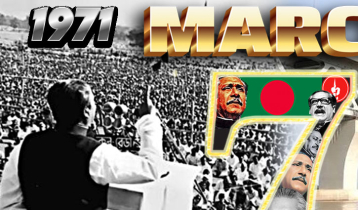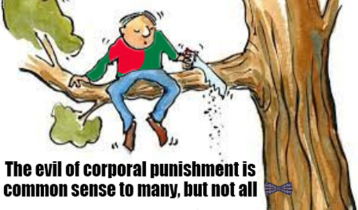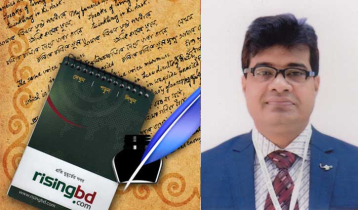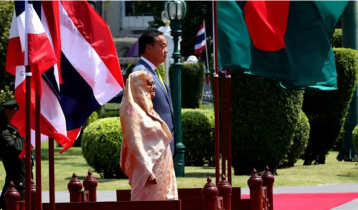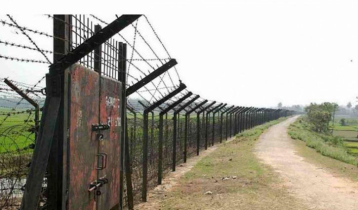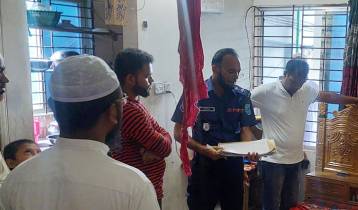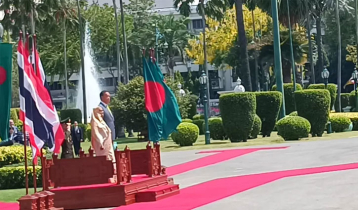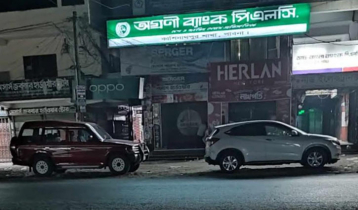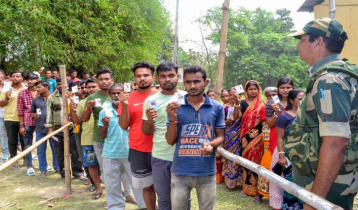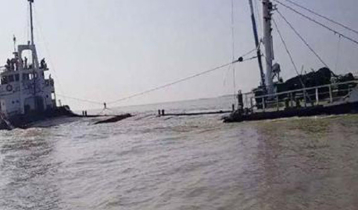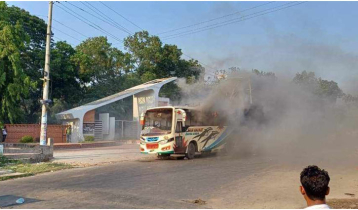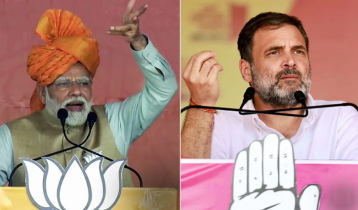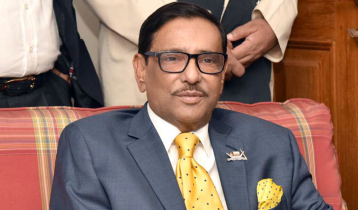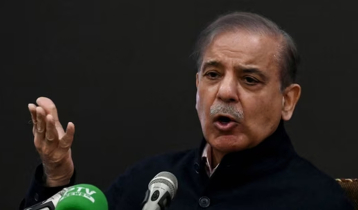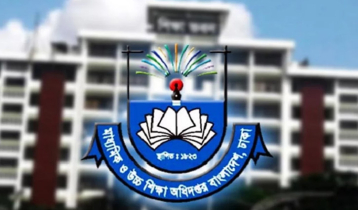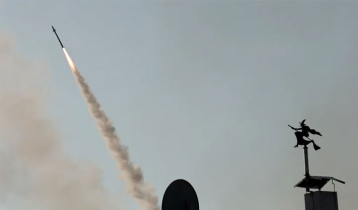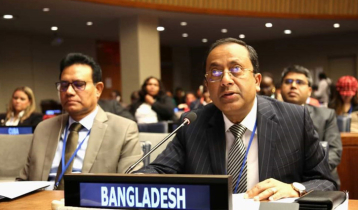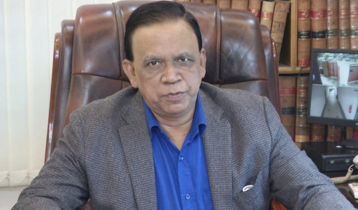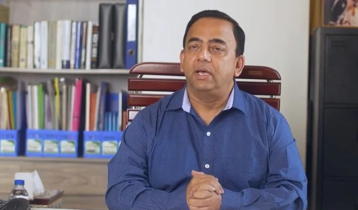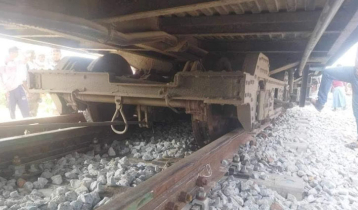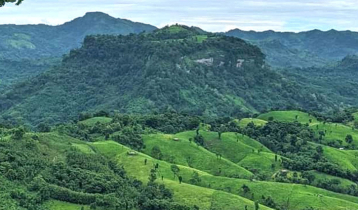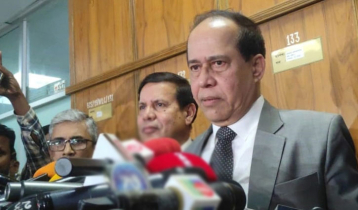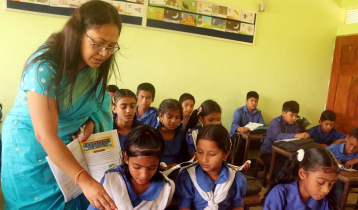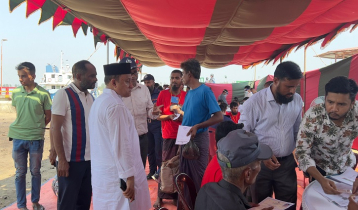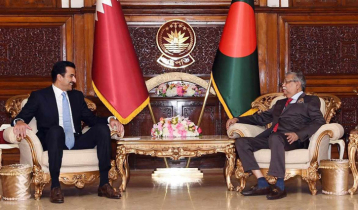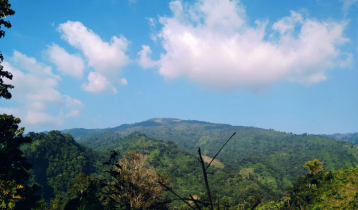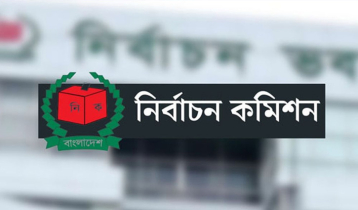Notable Heritage Sites–requiring preservation for tourism
4 || risingbd.com
_AS_SEEN_IN_NOVEMBER_201220170108103020.jpg)
THE KHAN BAHADUR SALAMATULLAH MOSQUE (circa 1858-59 AD) AS SEEN IN NOVEMBER 2012
By Monty Siddique: This beautiful Earth has witnessed the evolution and decline of mammoth civilizations. Whether it was the Assyrian or the Indus Valley or the Greek or the Egyptian or the Roman, they all had their days. They all had to go through a peak – representing the pinnacle of power – followed by a trough. It seems somewhat to be a natural process. However, they have all left at least their legacies behind in the form of heritage sites containing the relics or remnants of their past grandiosity. The responsibility, of course, falls on the shoulders of the later generations to make strenuous efforts to preserve the signatures of these civilizations. Otherwise, the history is lost and only distorted accounts in the forms of hearsays and unsubstantiated stories abound to create grounds for mere speculations.
In the United Kingdom, great care is taken to preserve the originality of buildings representing the heritage of the nation. These monuments of architectural or historic significance fall under the ambit of “listed buildings” and a listed building needs to be conserved unless the local planning authority directs otherwise.
The Mughals called Bengal the “Paradise of the Nations” because of Bengal’s trade and wealth. This is confirmed by copies of Mughal seals. It is, therefore, no surprise that Lord Robert Clive of British India described Bengal as an “inexhaustible fund of riches”. Bengal was, indeed, the richest and most multi-cultural and multi-religious province of India.
The Khan Bahadur Salamatullah mosque – a Bangladesh heritage site – stands on one side of the Khulna-Paikgaccha Road, in the village of Tetulia, in upazila Tala, in the district of Satkhira. On the other side of the road are located, in virtual and unresurrectible decay, the ruins of Salam Manzil (Salamatullah’s residence and offices). Incidentally, the mosque is interchangeably known as the Tetulia Shahi, Jami, Miah’s and Salamatullah mosque respectively.
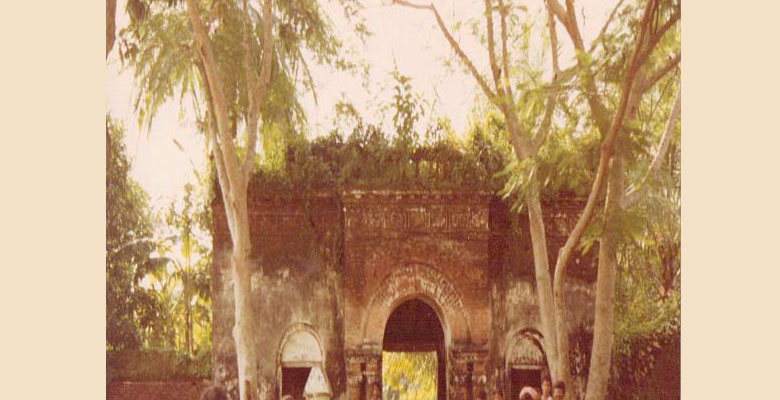
Decaying Shingho Doroja (main entrance) in its original form – gateway to Salam Manzil with the wall of the gate apparently having inscriptions. Photograph was taken in 1982. It has now been redesigned to a different style.
For the record, the family tree (Kursi Nama) of Tetulia names the village as “Tetlia” or “Tetlieh (Tetli-eh)”. Today, however, it is also referred to as Tentulia. The entire family tree is in Persian (Farsi), which was the court language of the Mughal administration and continued as such for some legal documentation during the British era.
In the year 2005, an impromptu narrative purporting to be the history of the Khan Bahadur Salamatullah mosque appeared in a highly reputable English daily newspaper in Dhaka, Bangladesh. In response, I wrote to the editor, explaining how the claimed historical accounts differed from reality, but the editor did not publish my letter. I was utterly disappointed.
In the year 2006, an expertly researched book, entitled Mughal Monuments of Bangladesh (sponsored by the HSBC), was published in Dhaka. Much to my relief, the book authentically identified the Tetulia Khan Bahadur Salamatullah mosque and its date of erection as 1858-59 AD. This was a bolt out of the blue, substantially validating my knowledge of the history.
In the same year, another book, entitled Tala Upojelar Itihaash-Oyitijjo (History and Heritage of Tala upazila) and written in Bangla by Badru Mohammad Khalequzzaman, was published in Dhaka. Dissecting away some wrong dates and inadvertent inaccuracies, still leaves the book with, at least, an acknowledgment of the presence of an influential Qazi zamindar (feudal lords) family in Satkhira spanning the periods of the Mughal and British rule.
A well-known book entitled Joshohor Khulnar Itihaash (History of Jessore and Khulna) and first published in 1914 and written by Satishchandra Mitra, contains a photograph of the Tetulia Shahi Mosque.
The book makes a passing reference to the stalwart zamindar at the time, namely Qazi Maulvi Minnatullah Khan, and the founding of the mosque by his ancestors. Minnatullah was the son of the prominent zamindar Qazi Hamidullah (or Hamdullah) Khan (see Banglapedia; http://en.banglapedia.org/index.php?title=Khatun,_Azizunnesa) and the grandson of Khan Bahadur Salamatullah. Yet, an 1871 publication, entitled A Report on the District of Jessore by Westland was, evidently, silent about the Tetulia Zamindari or the Tetulia Shahi Mosque. I was not amused.
Recently, the writer Mr Badru Mohammad Khalequzzaman has drawn my attention to another academically acclaimed book, which is in Bengali and is entitled Satkhirar Purakirti (translated as “History of Satkhira”). This book appeared in the public domain in 2008, was written by Dr Mizanur Rahman and covers inter alia the Tetulia Salamatullah mosque. Other than an insertion in the book of an incredible claim, which is, apparently, based on uncorroborated statements or pure myth, the gist of the historical accounts, pertaining to the mosque, appears reliable to a certain extent.
An old dilapidated mosque was said to have been excavated in Tetulia some decades ago. This mosque has been in use since its discovery, but is in desperate need of refurbishment and renovation for preservation. The villagers have coined the Bengali expression “Tetulia Bhanga Moshjid” (Tetulia broken mosque) to identify this mosque. According to the book of Dr Mizanur Rahman, this mosque was founded by Qazi Najibullah Khan.
The “broken” mosque is in close proximity to the Salamatullah mosque. It is on an elevated piece of land. It is claimed that, originally, the mosque was of a single domed structure, though, now, a makeshift covering defines the roof.
One-domed mosques were usually of pre-Mughal era (15th century or earlier) whereas – judging from the Tetulia family tree – Qazi Najibullah Khan lived circa from the early 18th century. This, of course, does not rule out Najibullah Khan in having established this single-domed mosque, as there would have been no reason not to build similar mosques during the 18th century. Clearly, it would depend upon the need and affordability of the ruling family at the time.
Late (Marhoom) Rafiqul Islam – a descendant of the Tetulia Qazi family – dedicated his life towards looking after the “broken” mosque. He opined, before passing away, that the mosque dated back to the reign of Mughal Emperor Shahjahan (1592-1666 AD). So, it is plausible that Qazi Najibullah Khan had restored the “broken” mosque to its original state for daily use.
Interestingly, the layout of the bricks in the Tetulia Shahi “broken” mosque somewhat resembles that found in the 15th-century-or-earlier relics of the Moorish architecture of Granada in Spain.
For our understanding, though, let us assume that Qazi Najibullah Khan was the instigator behind the rejuvenation of the “broken” mosque, if not its erection, having regard to the influence of the Tetulia Qazi Khan family at the time and the need of a place of worship in the area.
Qazi Najibullah Khan was the second of four sons of Qazi Ateequllah, whose other sons included the eldest Maulvi Habibullah Khan, the third son Kalimullah Khan and the youngest Qazi Baqaullah Khan. Qazi Baqaullah Khan was the great grandfather of Khan Bahadur Salamatullah Khan – founder of the Salamatullah mosque.
Apart from Maulvi Habibullah Khan, who seemed to have been closely affiliated with the upper echelons of the Delhi (Mughal) administration, the rest of the family and also Habibullah Khan’s son Asadullah Khan were entrusted with Mughal seals (sanads) to govern, as Qazis, the different provinces of Bengal and Orissa.
Digressing slightly; a branch of the family tree records that Qazi Mohammad Lutfur Rahman (son of Qazi Mohammad Gholam Rahman) was addressed as “Mr” since his return from London as a barrister. This is verified by the London’s Inner Temple website, which lists Lutfor (Lutfur) Rahman’s entrance to the Inner Temple in 1878 AD and his call date as 1881AD. Qazi Lutfor Rahman was the descendant (fifth generation down) of Qazi Faizullah, who was the younger brother of the aforementioned Qazi Ateequllah.
Khan Bahadur Salamatullah was born in the Bengali year 1213 (1806 AD), according to the genealogy of Tetulia. He and his sister, who was younger than him, were the only children of Maulvi Sana’atullah. The latter was the only son of Qazi Amanatullah, whose father was Qazi Baqaullah Khan.
The Tetulia family tree identifies Salamatullah as “Salamatullah Khan Bahadur Deputy Collector Deputy Magistrate”.
It transpires that Khan Bahadur Salamatullah Khan was a powerful personality of mid 19th century Jessore. He was a feudal lord (zamindar). His strong family background, by virtue of his ancestors’ appointments as Qazis, in the Mughal administration, over a substantial part of Bengal and Orissa, and his own recognition in the British Indian administration catapulted him to an elevated position in the region. The Zamindari (estate) was vast and comprised the Tetlia estate, two bazaars or marketplaces (a.k.a. Haat in Bengali), including the well known Jaatpur Haat, and an estate in the district of Dinajpur.
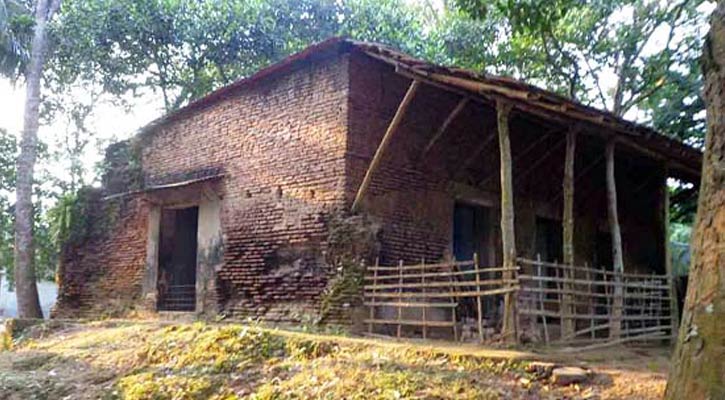
An exterior view of the Tentulia Shahi “broken” mosque with, on closer scrutiny, cylindrical and integral corner pillar formations
Since Kolkata (erstwhile Calcutta) was the capital (1772 – 1911 AD) of British India at the time, this British Indian Bengali Officer would have spent a substantial period there. Indeed, it is said that he had his own Office in Kolkata.
In the mid 19th century, Kolkata was developing rapidly and, with it, sprang many religious architectural edifices. During the 1830s/1840s, Tipu Sultan’s (Sultan of Mysore) descendents, who had earlier been relocated to Kolkata in 1799 by the British Administration, after the demise of the Sultan, financed the construction of mosques of contemporary design in Kolkata.
Shahbani Begum – a granddaughter of Tipu Sultan – founded a mosque, named after her, in Kolkata circa 1840 AD. It is a Mughal architecture blended with European style. A mosque, displaying similar artistry, was founded by the youngest son of Tipu Sultan, Prince Ghulam Mohammad, in Dharamtolla in Kolkata circa 1842 AD.
Salamatullah Khan must have realised the need for a mosque larger than the mosque of his ancestor, Najibullah Khan, in order to cater for larger congregations, and one which could serve the community for decades to come. Because of his huge wealth and authority, he was, undoubtedly, the only one in the region to fulfil these objectives.
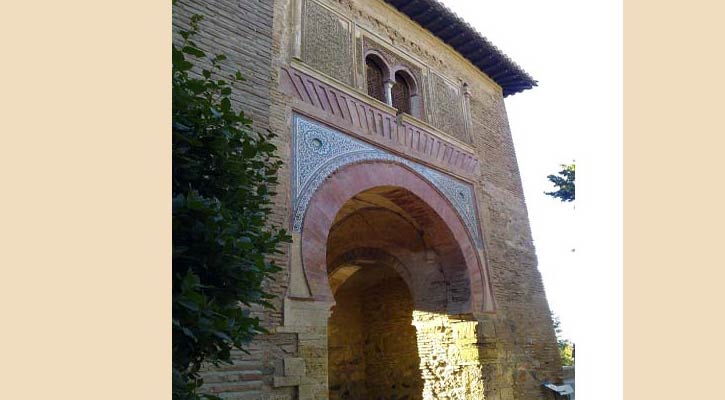
Wine Gate in Alhambra (Arabic Al-Hamra) in Granada Spain exposing old brickwork portion on the right – photograph taken in 2014.
It is quite obvious that Salamatullah was, inspired by the aesthetic appeal of the Shahbani Begum and Tipu Sultan mosques and decided to have the mosque of Tetulia built in their image. It is likely that all three mosques were designed by the same craftsman.
In the contiguous village of Madanpur, can be found a remnant of an Eidgah (where specifically Eid-ul-Fitr and Eid-ul-adha congregations are held), which is, also, said to have been built by the Tetulia Qazi family. Fascinatingly, trunks and branches of trees have grown through portions of the relic, in such a way as to provide an integral support therefor.
By the time Qazi Minnatullah’s sons – Khan Sahib Rizwanullah Khan (last serving zamindar) and his younger brother Qazi Mohammad Shafiullah Khan – inherited their ancestral historic Salam Manzil, the wealth of the family was gone. How it was possible for the huge zamindari to collapse in a short space of time beggars belief. Perhaps, historians and the local civil administration could unearth the causes of this catastrophic downfall and how rampant land grabbing ensued.
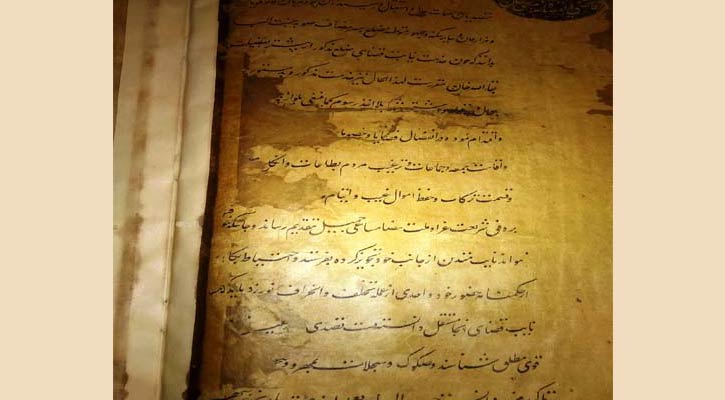
A photocopy of the original Mughal seal (sanad) dated 1190 A.H. (1776 AD)
The Archaeology Department of Bangladesh cares for the preservation of the Khan Bahadur Salamatullah Mosque, which is commendable. Perhaps, they could endeavour to bring the Tetulia Bhanga (broken) Mosque and the Eidgah under their jurisdiction too, through dialogue. That will be a way forward to attracting tourists and students of history. British historians should be interested.
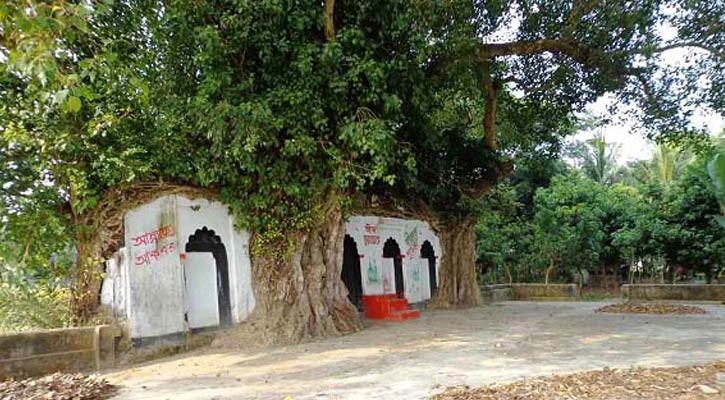
Tree trunks and roots grown integrally into the Eidgah remnant to provide a support
This article is written by Monty Siddique BSc (Hons) in Industrial Chemistry from a UK University, who served in the United Kingdom Civil Service, as a Senior Patent Examiner (above Principal Level) in the United Kingdom Intellectual Property Office, which is the operating name of the United Kingdom Patent Office. He has also trained and managed UK patent examiners.
risingbd/Dhaka/Jan 8, 2017/Mukul
risingbd.com




